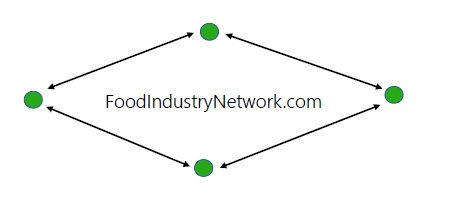Four things to know about grain contracts

Contracts are important grain marketing tools. While price may be a key reason why farmers agree to a contract, there are other factors to consider.
Some farmers in western Canada learned this lesson the hard way when they could not deliver on their contracts and grain companies could not source replacement commodities due to last year’s drought.
Why it matters: Grain contracts are legally enforceable documents. If farmers enter into contracts without fully understanding the terms and conditions, the consequences could be severe.
“Many producers were called under their contract’s terms and conditions to pay the grain company’s damages resulting from their inability to deliver. They are now reexamining their contracts and asking for insights from commodity groups,” said D’Arcy & Deacon LLP partner John Stewart, in a recent webinar hosted by the Canadian Canola Growers Association.
Stewart and associates Donn Pirie and Meghan Bjorklund offered four messages about managing grain contracts.
Read the entire contract
The first step is to ensure the entire contract is obtained. Some contracts come in two parts, which can cause confusion. It is becoming more common for grain companies to provide terms and conditions in advance and apply them to all contracts in a given year.
Read and understand the entire contract, including the terms and conditions in the fine print. The terms often include important details such as quality, quantity and delivery requirements.
Put agreements in writing
While verbal agreements are common, they can be difficult or impossible to enforce. Any verbal agreement made should be followed with written correspondence.
After a verbal agreement is made by phone with a grain company agent, for example, Bjorklund advises farmers to send a letter or email explaining their understanding of the new agreement. Including a phrase such as “This letter will confirm our mutual understanding unless you respond otherwise” allows the grain company to confirm their agreement.
Another option is to use a copy of the original contract and strike out the old term, insert the newly agreed upon term and initial. It can then be sent to the grain company to request their written confirmation.
Understand the consequences of default
A liquidated damages clause is where parties predetermine an amount or formula for calculating damages that one party may suffer if the other doesn’t perform. This amount must be a genuine pre-estimate of damages and cannot be a penalty. However, it may include administrative or other costs that the party would incur.
A grain contract formula is typically an administration fee plus the difference between the contract price and cost of either buying a replacement product or buying out of a hedge position. Since these terms can vary by type and grain company, it’s important to review the default and cancellation terms and comprehend the language used.
Know how to terminate your contract
“If a grower knows there will be a shortfall, they need to cancel the contract or make arrangements to purchase enough product to fill the contract they agreed to,” said Stewart.
Terminating a contract as early as possible can reduce losses. Stewart recommends making a phone call and following up with an email or letter so the initiation to terminate is clear and undeniable. The grain company can then mitigate its losses and minimize the effects resulting from the breach.
Stewart said some farmers ran into issues with this in 2021 because they contacted their grain company to discuss how it would likely be a poor crop year. “That is not terminating the contract; that’s hoping neither of you will be called on that contract,” he said. “Mitigation of damages needs to be initiated by termination.”
Source: Farmtario.com

